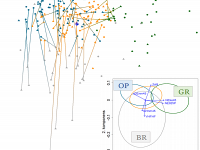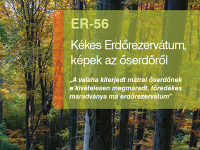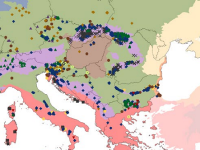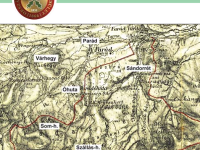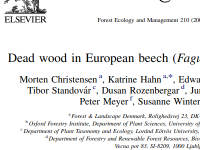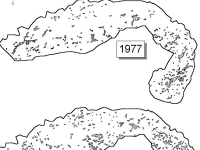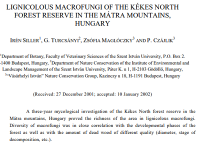ER-56 (HU)
Kékes Forest Reserve (Mátra)
core area: 54.8 ha; buffer zone: 88.0 ha; total area: 142.8 ha
Storyline
1999
"Ancient beech forest where the diverse stand structure and natural forest dynamics can be studied in complete cycle. Complex research of the area has been conducted for more than 15 years."
Horváth és Bölöni (2002) Az ER-ok kutatásszempontú besorolása és rövid jellemzése 1999-ben [Classification and brief description of the forest reserves in 1999 from the viewpoint of research perspective]
Selected publications
Selected manuscripts






